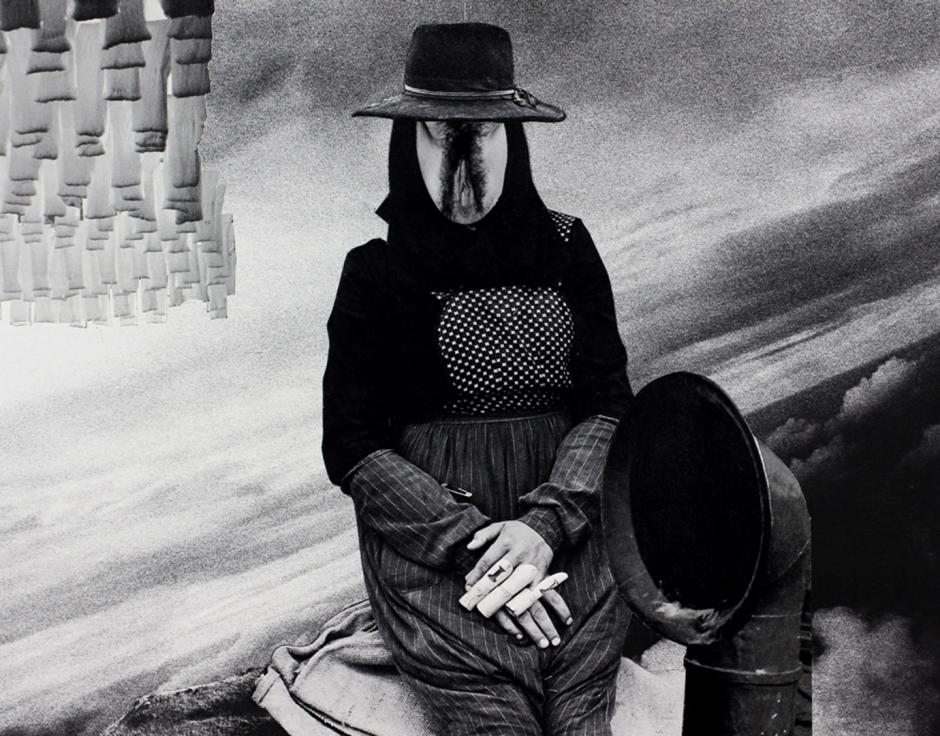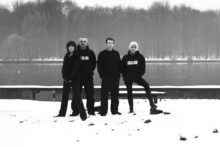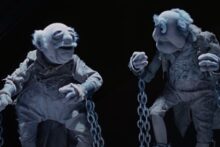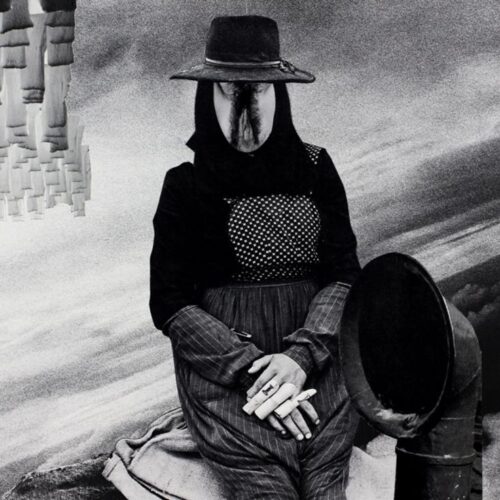While all of our subscriber releases so far have been special, we’re gearing up to celebrate this site’s 16th birthday next week with something pretty incredible: an exclusive, brand new album by one of our all-time favourite groups, Nurse With Wound. HEALSGEBEDDA BUDGERIGAR – which means beloved budgie in mangled old English – is, perhaps, a sonic document of profound but fleeting psychedelic anamnesis. That moment during a voyage of mind-manifesting en-manglement when, seemingly out of nowhere, a moment of pure recall returns in true experiential vividness. The sounds, the setting, the sights, a pure analogue of specific emotions and sensations from a single moment in time long since forgotten, crystallising just as quickly as they then shatter and disperse once more. The opening track, ‘HEALSBEDDA BUDERGIGAR / NAAAAGH HA’ here feels like the scramble to piece these fragments back together, to make sense of them as they crumble rapidly once more into nothingness… the vocalisations of a once dear pet, jazz music playing from an old Bakelite radio, a police car passing in front of the house, the incursion of a pesky wasp, someone retuning the radio for opera, something profound is about to happen… but before you can place it together, you sink back down into bardo-like depths, and the only suitable response at your failure to remember what happened is to laugh.
‘HE WENT IN A PIG AND CAME OUT A SAUSAGE’ tracks the amble out of a sublime reverie caused by a momentarily subdued default mode network all the way to the theme from a favourite childhood cowboy show (which may or may not have actually existed in reality). ‘BELAS KNAP (SAPPHO OOPART)’ is really the music that would be playing in the Black Lodge episodes of Twin Peaks… if the soundtrack had been allowed to mirror the sublime derangement of these scenes. It is undeniably weird in the way that Mark Fisher defined the term; it is the yoking together of things that are not naturally bedfellows. Certainly, the novel juxtapositions of this album mark it out as surreal art.
If surrealism’s aim, as art historian Briony Fer put it, is “to reveal the unconscious… and to undo prevalent conceptions of order and reality,” I can think of no other artist than Nurse With Wound who has most successfully transposed the wayward visual art movement into sound. While there are countless recording artists intent on weirdness or aiming for the contrary, very few reach the visionary heights of Steven Stapleton in imposing full-scale oneiric fictions on our waking psyche. Their output and methodology wilfully ignores perceived wisdom. Instead, it opts to experiment, to err and be done, as if mining the moment for its hidden channels, to discover pathways that stimulate hitherto unexplored areas of our subconscious.
At the foundations of this strange sound world is a potent trinity: a brimming passion for record collecting, an openness to all sounds and an unbound capacity for invention.
Talking to David Keenan in The Wire in 1997 Stapleton explained how he had been fascinated by noises in his youth while in hospital, with nothing better to do than get immersed in its ambience: “You’re lying in bed at night and you’re looking up a darkened hall and there’s the matron sitting there with her light and you can hear her pen scraping, you can hear creaks coming from the beds, patients turning over, beds rattling a bit, someone dropping a utensil ten wards down. The echo, the bare walls…”. Darkness, scrapes, creaks, rattles and echo (as well as a nurse, of course) would all play significant, reprising roles in Stapleton’s compositions.
As he does here, Stapleton was confident enough to use any object to hand from the outset – he revealed to Audion magazine in 1994 how there was “a metal chair and a squeaky chair castor… on every single record… I was working as a graphic designer and sign-writer. I was employed by Hipgnosis [where Peter ‘Sleazy’ Christopherson of Throbbing Gristle and, latterly, Coil was working] … to help paint designs for Pink Floyd’s Animals cover… I sat down on this chair. I turned and it squeaked, and you could control it. I got talking, saying that I make experimental music, and that, this chair, the sound it makes is amazing! They laughed a little and, I suppose to humour me, they said ‘Go on, take it away with you – you can have it’, and it’s stayed with me ever since.”
To hear the album today, support the Quietus with Subscriber Plus





